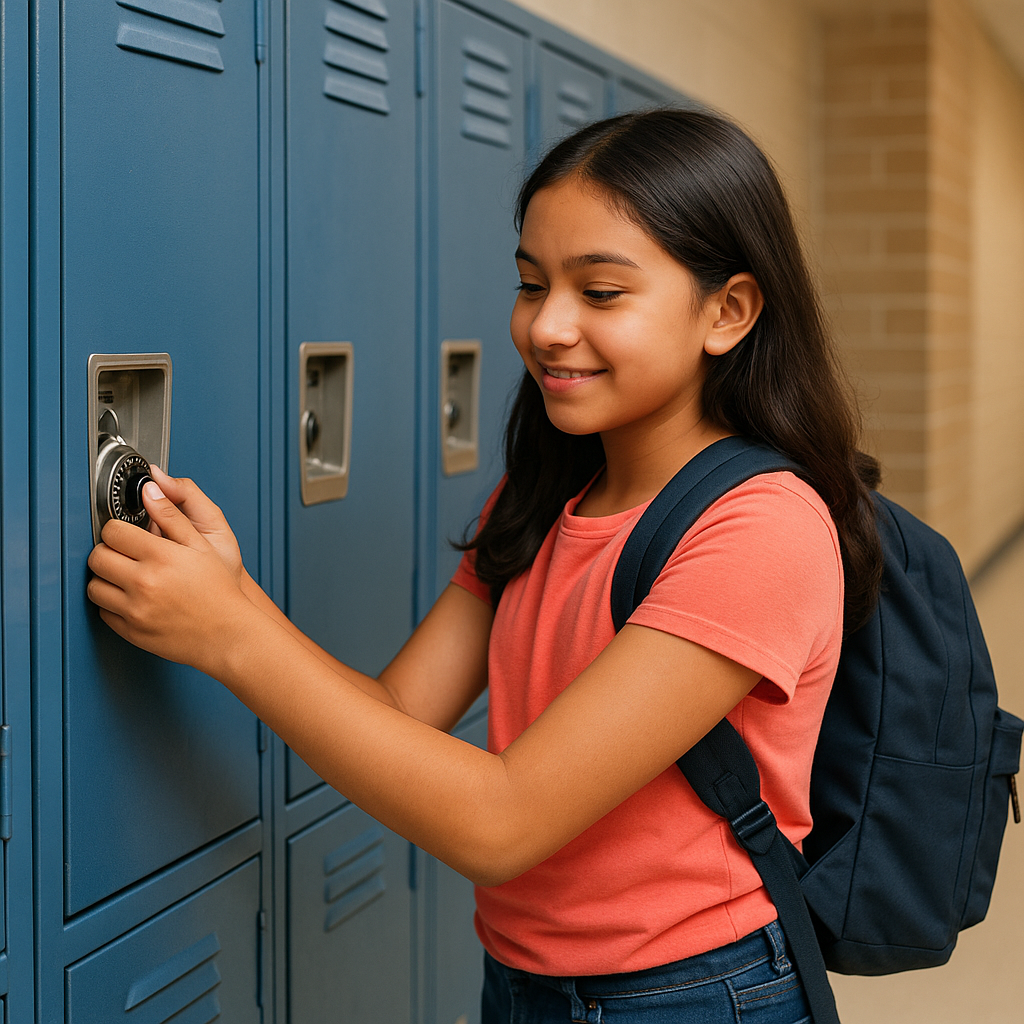When 10-year-old María Santiago started the 5th Grade Scholars program in elementary school, she described herself in one word: quiet.
She loved reading, sketching in the margins of her notebook, and sitting in the back row where she felt safe. But the thought of entering middle school—new teachers, new hallways, new expectations—made her stomach feel like it was full of jumping beans.
“I’m not ready for all that,” she would say to her mother. “Middle school kids know what they’re doing. I won’t.”
The truth is, María is like many 5th graders: bright, thoughtful, determined—and unsure of what comes next.
A Year of Small, Steady Steps
Throughout the school year after school, María began building relationships with her Carver 5th-grade scholars' teachers (daytime certified teachers in Maria’s school). They nudged her gently into new challenges: reading aloud in small groups, working with classmates in her Carver after-school program she didn’t know well, and trying assignments that required planning and independence.
Nothing dramatic. Just small steps that slowly grew her confidence.
“She didn’t need to become louder,” her teacher said. “She just needed to believe she could figure things out.”
The Locker That Wouldn’t Budge
That belief was tested the first week of Carver’s Summer Transition Program for rising 6th graders. The program, located in each of Norwalk’s public middle schools, gives students a chance to explore their future school before the first day of sixth grade.
One Tuesday morning, María and the other students gathered in the school hallway, staring at a long row of lockers. Bright blue. Shiny. Slightly intimidating.
The principal who proudly shows up for this program periodically as a volunteer handed each student a combination.
“Try it,” she said with a smile. “You’re going to do this every day in September. Let’s learn it now.”
María stepped up to her locker, placed her hand on the cold metal, and felt her heart speed up.
Left… right… left, she whispered, turning the dial.
Click.
Nothing happened.
She tried again.
Nothing.
She looked around. Other students were laughing, opening their lockers, slamming them shut again just to prove they could. María felt a familiar wave of doubt rising in her throat.
That’s when the school principal walked over.
“Locks are tricky the first time,” she said. “Let’s do it together.”
They tried the combination again. And again. And then—
Click.
The locker swung open.
María froze, then looked up slowly—eyes wide in disbelief.
“I did it,” she said softly.
“You did,” the principal said. “And you’ll do it again tomorrow.”
More Than a Locker
To an adult, opening a locker might feel like a small, trivial task. But for a child on the edge of a big transition, it can represent something much bigger:
I can do this.
I belong here.
I’m ready.
Over the next few summer weeks, something changed in María. She volunteered to lead her group during a middle school tour. She asked the science teacher on staff an extra question. She tried her locker without help—and opened it on the first try.
When her mother asked how program was going, María surprised her.
“It’s not scary anymore,” she said. “Middle school is starting to feel like mine.”
A Story of Courage, Not Programs
María’s journey is not a story about a curriculum or a schedule. It’s a story about what happens when a child feels supported, seen, and gently stretched toward her own potential.
It’s a story about courage—the quiet kind that grows slowly over time.
And it’s a reminder that every student deserves the chance to walk into middle school not with fear, but with confidence in who they are and who they can become.


